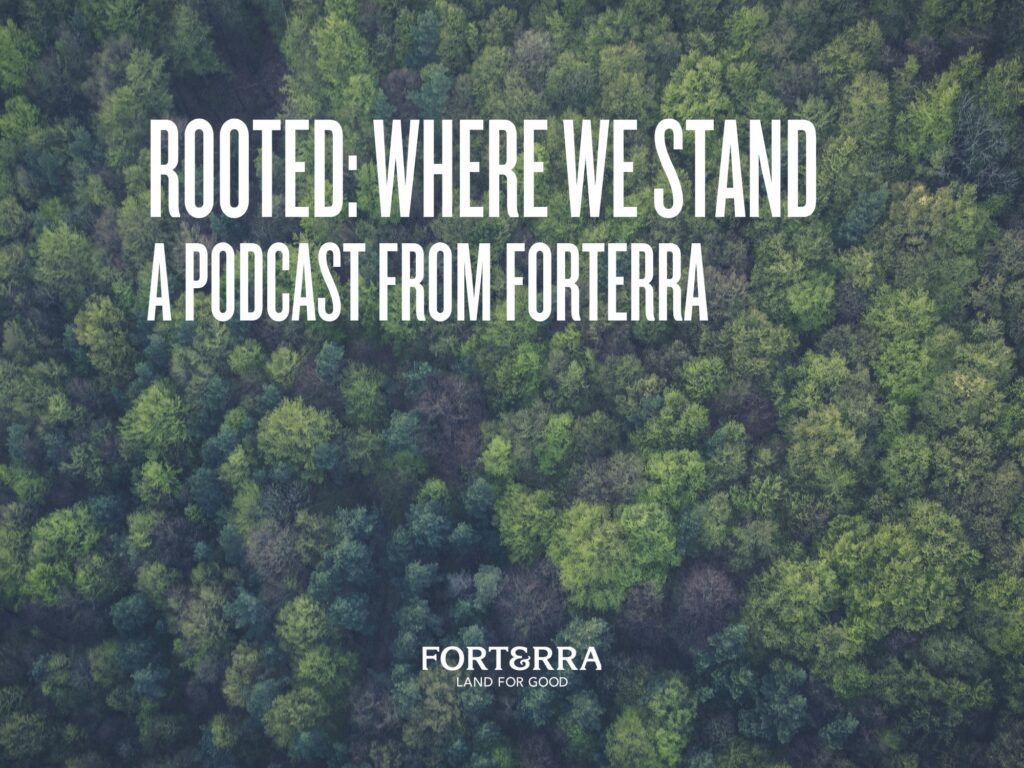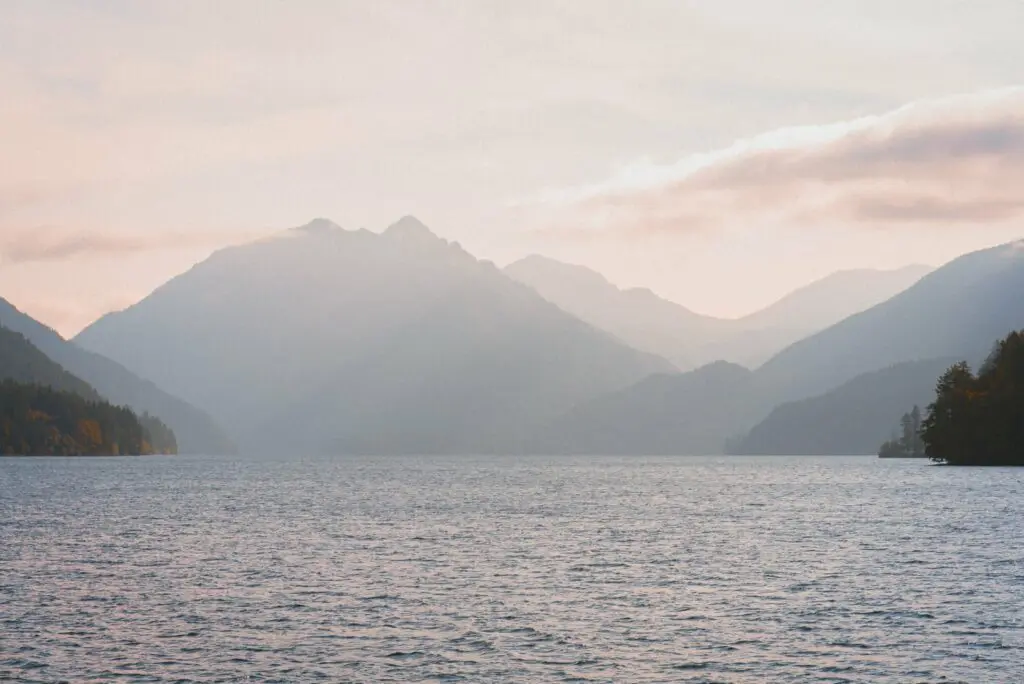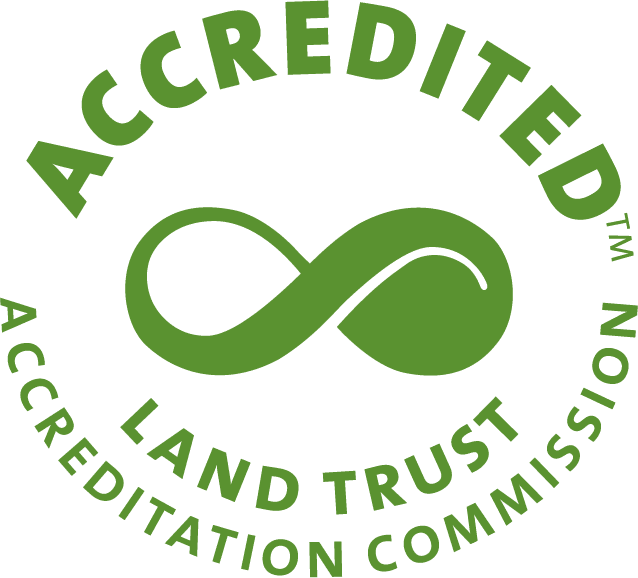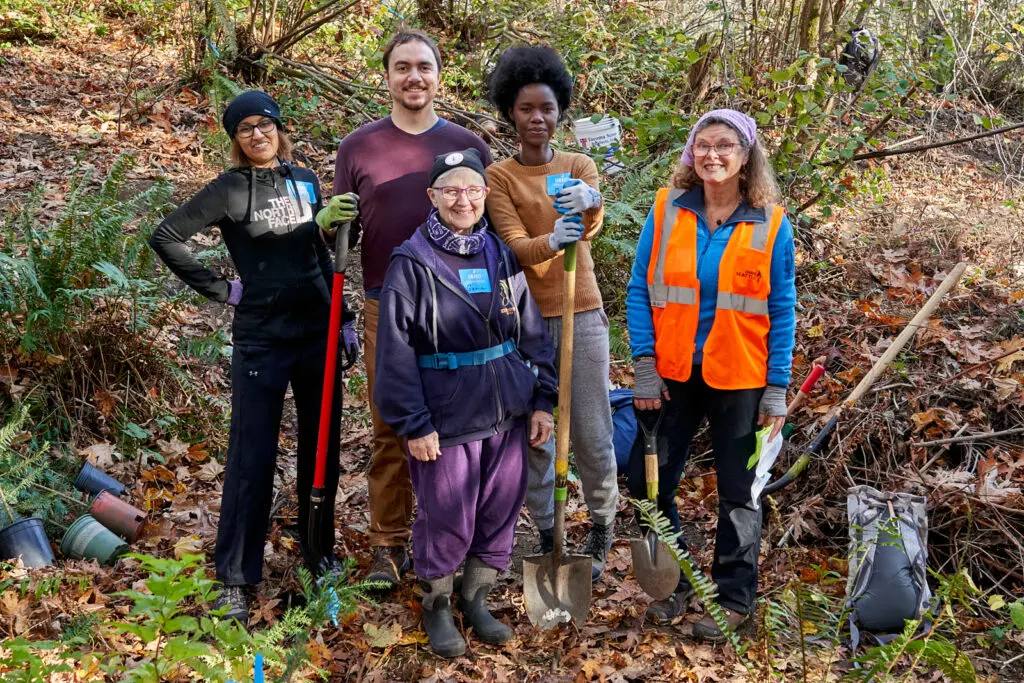
March 22, 2014. The deadliest landslide in U.S. history hits Oso, Washington.
8 years later, we visit the neighboring town of Darrington to see how a small town has picked up the pieces, with eyes set on the future.
Take a tour through Darrington with us – from the passenger seat of the mayor’s Subaru.
We’ll swing by downtown and see the Darrington of past, present, and future through the eyes of Mayor Dan Rankin.
We’ll talk to young people in Darrington who are deciding whether to leave town or stay.
We’ll pass by the site of the deadliest landslide in U.S. history, a constant reminder that locals need to drive past regularly.
And we’ll cross over the Sauk River Bridge to visit the site of a future center that will produce a game-changing type of wood, cross-laminated timber.
This is a story about a small town with one hell of a spirit that may give other places ideas for how to breathe new life into their hometowns.
Find additional episodes here.
Sources
Additional news coverage
- King 5: Remembering the Oso landslide, deadliest in US history, 8 years later
- Note: In this episode you heard coverage of the Oso Landslide from ABC News, USA Today, CBS, and KUOW Public Radio.
Music in this episode
- Sam Barsh: No Link
- Isaac Joel: Wet Rot
- EILOH: The Optimist
- Featherland: Crescendo
- Isaac Joel: Mustang Eternal
Episode Transcript
[Music]
I’m in a small town cruising through the streets in a 2011 stick shift Subaru Outback. With the mayor. You’re listening to Rooted: Where We Stand. I’m Kyle Norris.
[Inside the car]
DR: The burger barn has been here ever since I’ve been alive.
KN: How are their burgers?
DR: It hasn’t changed since 1966. You can still get a lager burger and a golly whopper.(laughs)
KN: That’s Mayor Dan Rankin. Of Darrington, Washington.
KN in the car: What does that mean? What are those?
DR: Um, They’re big. (Laughs). Lotta veggies and some secret sauce of some sort.
KN: Ya gotta have the secret sauce.
DR: Haha. Absolutely.
Darrington is an hour and a half drive from Seattle. In the foothills of the Cascades. 1500 people live here. And it’s story book pretty. With old growth forests, rushing rivers and mountains. It’s next to the Mt Baker-Snoqualmie National Forest.
Mayor Dan grew up in these mountains. Fishing, hunting and hiking. In addition to being the mayor for 10 years, he runs his own 1-man saw mill. He says wood is his passion. Once on the phone he told me: “All the different species have different spirits in them. They talk to you, tell you to eff off. Their beauty is astonishing to me.”
Historically, Darrington’s been a logging town. Dan’s father ran a small-scale logging operation. His grandfather ran a butcher shop for the big logging camps back in the day.
On our unofficial tour, Dan waves hi to a teacher outside the school. And later, he waves to some guys in a truck. But as Dan shows me the main area of town, it’s pretty quiet.
[In the car]
DR: This was the auto parts and this was our second grocery store. This was our bank, ya know I mean this was a thriving downtown.
KN: He points to a building where he bought his first pair of logging pants. From a guy named Old Joe Stoney who had a men’s apparel store.
DR: This empty space here was our bowling alley when I was a kid. Then it was a movie theater in the early 60s. But more importantly it was my grandpa’s butcher shop, when he bought there in 1919.
KN: It takes me a minute, but I realize that Mayor Dan is showing me a town in his memory.
KN in the car: But, a lot, like this is empty now. And some of those places were closed. You’re kinda walking me through memory lane a little bit, right?
DR: Absolutely. And to kind of get a sense of the vitality of what this community once was. And the vitality that once could be again.
[music]
This is a different place from Dan’s childhood. Although people still log here, the once thriving industry is all but gone.
When Dan was a kid, the forest service outpost in Darrington had 120 year-round employees. These days it has 14.
As we drive out of town, we pass the Hampton Lumber Mill, one of the town’s biggest employers. It’s one of the few places where young people can get a decent job. Dan rolls his Subaru to the middle of the Sauk River Bridge.
[On the bridge]
KN: Oww this is beautiful.
DR: So. We just turned right onto Sauk Prairie Road.
KN: It’s a steel truss bridge, simple and elegant. And we stop in the middle.
[Sounds of the rushing river]
DR: This is a gem. The Sauk River is a dynamic river. The old timers say that once you drink out of the Sauk you become like a steelhead, you’re always destined to return.
KN: I make Dan pause while I hold my microphone over the river to record it. When suddenly, I smell something sweet and woodsy.
KN on the bridge: What’s that smell?
DR: The lumber mill. (laughs) Why wouldn’t you want to work in that environment?
KN: What is that smell?
DR: Douglas Fir. Pretty cool.
KN: If you work in Darrington but not at the Mill, chances are you work at one of the other big employers of the area: the Sauk-Suiattle Indian Tribe or the local school district.
But Since job options in town are limited, more than half the locals commute to other places for work. And often spend their money outside of Darrington.
[Music]
I wanted to talk to some young folks from Darrington about the decision to stay or leave.
Amanda Brown grew up in Darrington. So did her dad, and her dad’s dad. Growing up in Darrington, she spent her time like many rural kids: hiking, hunting, & raising farm animals. Now at 19, some things haven’t changed.
AB: (Gasps) I guess, I’m pretty, I guess in town known for really liking bats as weird as that sounds.
KN: Bats?? B-A-T-S?
AB (laughs) Yeah that’s what I’m really into–bat house building and I’m an advocate really. Like bats are our friends, we love them!
KN: But some things have changed for Amanda, in big ways. She’s studying wildlife ecology at Washington State University in Pullman, which is a huge adjustment for her. Her graduating class in Darrington had 26 students. And now her university chemistry class has 200.
Amanda says out of those 26 high school graduates, most people did not go to college.
AB: It seems like the general consensus of graduates is either: I’m gonna stay in Darrington for my entire life and never move or I’m leaving Darrington and I’m never coming back and I will never even drive through here.
KN: So when folks from Darrington make that decision – should I stay or should I go – jobs and opportunities are part of that equation. But there’s another thing at play in Darrington. Something that happened in this area in 2014. And is still present today.
CBS news clip: Grim morning at the site of a giant mudslide north of Seattle. The local fire chief says searchers are hearing ‘no signs of life.’
KN: March 22, 2014, 10:37 a.m. A massive landslide hits the town of Oso, Washington – 16 miles from Darrington.
[News Montage]
ABC: The desperate search this hour in the west after a massive and deadly mudslide in Washington state. The side of the mountain crashing down wiping out homes with families inside.
USA TODAY: And then I looked out our front door, and it was like a movie. Houses were exploding, and the next thing I see is our neighbor’s chimney coming into our front door.
KN: 18 million tons of sand, mud, and clay plummeted down onto the tiny town of Oso, and over the main road, State Route 530.
KUOW: President Obama yesterday signed an emergency declaration that will send federal money and manpower to the massive landslide in Snohomish County. Authorities say that the death toll has risen to 14. Dozens of people remain unaccounted for.
KN: Amanda Brown was in 5th grade at the time of the slide. Her dad helped with the search effort.
AB: …like my dad & like they’re not like my “uncles” but I would call them my uncles cause they’re my dad’s best friends. They were out there the day after it hit looking for people.
KN: They were among the 900 folks that were part of the search effort. Families and neighbors working alongside local, state, tribal, and federal responders. Against the cold, the rain, and the quicksand-like mud. They brought their own shovels. At times, they dug with their hands.
AB: I remember my dad would be coming home super late, like he volunteered to help for days & days & days. It was a biohazard and he’d get home & me & my sister were like dad you’re home we missed you, and he’d ah say you can’t touch me right now I’m full of biohazard.
KN: It’s hard to convey just how devastating the slide was. But I’ll try.Over the span of two years, about 11,000 tons of wreckage had been removed from the slide area.
The last victim wasn’t recovered until four months after the slide.
The final count: 43 people killed. 49 homes and structures destroyed.
It was the deadliest landslide in U.S. history.
Amanda says as a child, the whole thing was traumatic and scary. And yet…
AB: It just really brought the town together, like even more.
Now, folks like Amanda and her dad need to pass by the site of the slide. The slide occurred along the main road you need to take to get to bigger cities like Everett or Mt. Vernon.
AB: It’s crazy now because that used to be houses and that was people living there. It’s kind of inspiring to see how nature has really reclaimed that area. Like how fast everything grew back but it’s still haunting–like, these used to be houses.
KN: Here’s Mayor Dan.
DR: You have to drive through the landslide and there’s no avoiding it. It’s there a know it’s not like replacing a burned down building or doing something that alleviates that pain.
KN: I asked Dan how much the topic of the slide comes up these days. Dan said, the slide is not an everyday thing for everybody. But it’s never gone.
DR: And then there’s those days you drive through and you remember the kid you had on your baseball team. I mean we’ve had people move because the event weighed so heavily on them that they could not drive through it. And, ya know, rather than go a different route they felt they had to move.
KN: Then there are days when he passes the site. And he remembers the spirit of that event.
DR: Which was bitter and it had a…a goodness about it. The energy that our community & the people that came here had to make sure that we brought all of our loved ones home.
[Music]
DR: During the slide it was overwhelming grief. We lost 43 folks. And ya know, you have to create a path forward for not only yourself but for your entire community.
KN: Dan says what he can do is start small. With the goal of improving life for everyone. And that’s been Dan’s focus after the slide.
That’s meant improving public spaces to bring the community together. A new skate park. Mountain bike tracks.
But Mayor Dan – and a lot of other people from Darrington and beyond – are also thinking bigger. And they have their sights on something new: bringing a high-tech wood center to Darrington in the next few years.
The 120-million dollar center will provide more than 100 competitive-wage jobs.
Employees will make an innovative and environmentally friendly wood product called “cross-laminated timber.” Not only will the center produce this wood; they’ll also use it to build modular homes on site. And those homes will be almost complete. And then shipped– to rural and urban places in Washington. To help create affordable housing.
[Music]
So to understand how cool this is, you need to know a little more about cross laminated timber.
So the term “mass timber” is a general term. It means engineered wood products that combine smaller pieces of wood to make a bigger piece of wood.
Cross laminated timber is one kind of mass timber.
KW: People call it plywood on steroids.
That’s Kent Wheiler. Director of the Center for International Trade in Forest Products at the University of Washington.
He’s saying that cross-laminated timber, or CLT, is physically big. It’s a wood product. Made by taking pieces of lumber and stacking them together, in a perpendicular way. The wood is attached with glue or nails.
It reminds me of a stacked Jenga set, before you start the game.
And this new special facility in Darrington will make cross laminated timber. Into large panels, that will make up an entire wall or floor of a modular home.
And this entire process–of making both cross laminated timber and the modular homes–will happen on site in Darrington. Kent says as far as he knows, this will be the only facility of its kind in the U.S.
And here’s the big environmental perk of CLT: it helps reduce carbon emissions. As opposed to other building materials like steel and concrete.
KW: By using wood products, it’s another storage place for carbon. So alternate building materials might be carbon-intensive. Have a big carbon footprint. Wood has a negative footprint. It stores carbon.
KN: This matters because the process of creating buildings and maintaining them makes up 40% of our total carbon footprint worldwide.
Kent says that makes CLT a big deal, environmentally. Because using materials that are less carbon intensive can have a real impact on carbon emissions.
The wood center seems to honor the area’s history. Nature is everywhere in Darrington, and wood has been a big part of people’s lives here for as long as we know.
The Sauk-Suiattle Indian people have lived in this region for thousands of years. And continue to live here. Remember, they’re one of the biggest employers in Darrington today.
These folks travel all over the rivers and waterways in hand-built canoes made of wood. They fish, hunt, and gather food and herbs in the mountains.
In the late 1880s, white settlers laid claim to the land. Destroying traditional cedar longhouses and forcing tribe members to leave the area or join other neighboring tribes.
White settlers worked as miners and then loggers who worked in the forests, thick with fir and cedar trees.
So bringing this new wood innovation center to town feels like a nod to Darrington’s past while looking forward to its future. Dan hopes the center will give young people the chance to see themselves living and thriving in their hometown.
20 year old Steven Colson’s lived in Darrington with his family since first grade. He sees how that could be a real possibility.
SC: I think that’d be an incredibly powerful incentive to stay in town. Cause it’s new, obviously, and also stays at the town’s roots. So let’s say a kid doesn’t want to go to the mill cause it’s what family has been doing and they want to escape that. But if you can go to this CLT place there’s gonna be a high enough demand to support students from every graduating class. That’s something to be excited about.
KN: Steven says the town needs these jobs because people spend their money outside of town.
SC: I worry that with the progression of technology, education and growth of giga incorporations out there, a lot of people are being drawn outside this town And so that’s drawing a lot of people out. CLT timber…then it would bring young fresh blood into the town.
KN: That’s what Mayor Dan’s hoping for, too.
This whole project has been a massive collaboration with politicians, cities, counties, nonprofits and private groups. Dan’s hoping this new wood center could be a blueprint. For other small towns and urban areas and organizations to break down barriers and work together.
After the tour, Mayor Dan and I pulled into a parking spot in front of town hall and the library. Which are housed in the same small building. And since he seemed so chill during our car ride, I asked him this.
KN: Are you a religious person?
DR: (Laughs) I’m spiritual. Pretty much a pagan.
KN: I was gonna ask Buddhist? Are you a Buddhist?
DR: (Laughs) Um, I would say that I unknowingly kind if follow the Buddhist doctrine. Um but I think that comes from, being raised in the household I was raised in.
KN: Dan says growing up he was not a very good student. Because he was out in the woods.
DR: Ya know I don’t care what you call it–Mother Nature–or whatever, ya know. The spirit of place exists and so therefore I consider myself spiritual.
KN: And Mayor Dan says this place has 1 hell of a spirit.
[Music]
Thanks for listening to Rooted: Where We Stand.
Rooted’s Host and Executive Producer is me, Kyle Norris. Our editor is Mary Heisey.
“Rooted” was created by Forterra. A land trust that envisions people and nature thriving together in a place where everyone belongs.
The Darrington Wood Innovation Center is a collaboration between the Town of Darrington, Snohomish County and Forterra. Construction is expected to begin in the next 1 to 2 years.
You can find out more at forterra.org.






